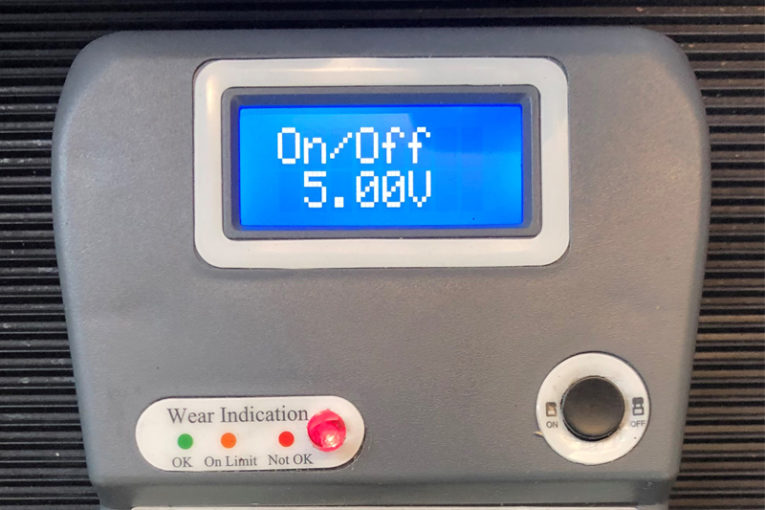
MEI sets out the proper procedure for a comprehensive inspection and testing of pad wear sensors on air disc brakes.
Air disc brakes for trucks and buses often have pad wear sensing devices installed in the caliper. There are generally two different types, one with a simple on/off switch that warns when the pads need changing, and the other with a continuous wear sensor providing feedback to the vehicle ECU throughout the pad life. Continuous sensors give an indication of when to change pads, but also allow the ECU to make small adjustments on brake set-up to equalise wear and give diagnostic input. The MEI range has two types of continuous wear sensor:
- Gold Pin Sensor (Stepped), which indicates suitability for a MAN truck
- Silver Pin Sensor (Linear), used on all others with continuous sensing
The MEI On/Off switch has silver pins with a white dot in the middle.
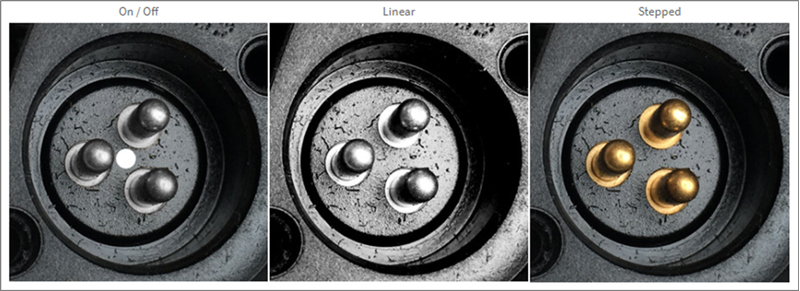
Function of wear sensors can be checked using a Testing Unit. The tester applies 5V to the sensor and then measures the output according to which of the three types is selected.
Checking the output is helpful for predictive maintenance and avoiding downtime through advanced warning of pad condition or other issues.
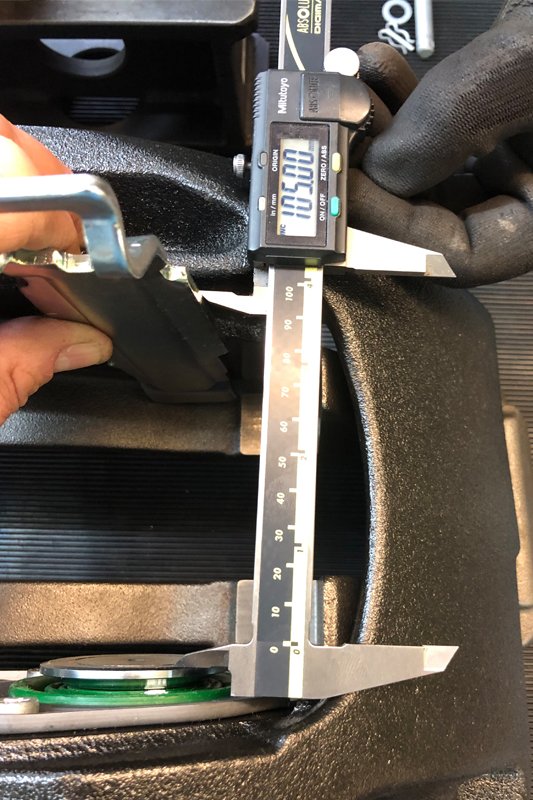
Method for using the tester:
• Adjust the brake such that the gap between the tappet heads and the outboard pad abutment is 105mm. Note: the use of a pad strap (or any straight edge) to help measure distance to the outboard pad abutment
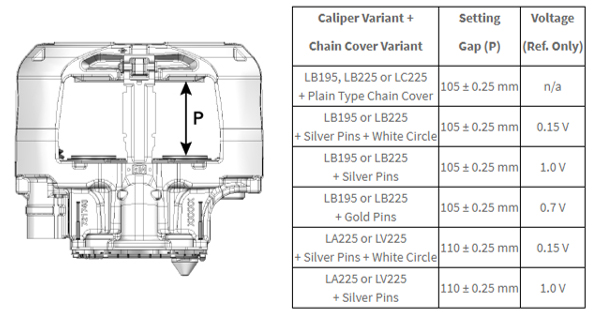
• Next, plug the tester cable into the wear sensor and note the reading – below shows a Stepped Continuous Sensor (Gold Pin) at 0.7V, which is correct for a 105mm gap as shown

• As pads wear, voltage increases and at around 2.8V, the tester will show an orange light to indicate that the pads have worn around 15.5mm per pad (74mm gap), with approximately 5.5mm of friction remaining on each pad (see below)

• When the gap is around 71mm (4mm friction remaining on each pad), the tester will show a red light (around 3.3V) to indicate that the pads are close to the end of their lives. The sensor reads up to 3.56V, equating to a 70mm gap and 3.5mm friction material on each pad (see below)

• The Silver Pin Linear Sensor should read 1V at the 105mm gap (see below)
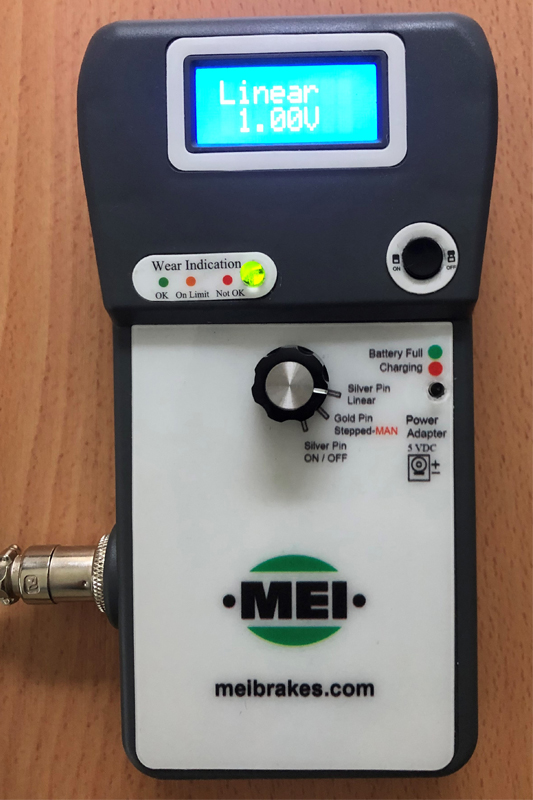
• Max voltage on a Silver Pin Linear sensor is around 3.5V, which is a 68mm gap and 2.5mm friction on each pad
• The On/Off Wear Switch operates in a different way as the voltage does not change until maximum pad wear is reached. The starting voltage is 0.15V and remains at this level until a gap of 68mm, when it jumps up to 5V
• When the tester reads 5V, this means that there has been 37mm of total wear, which is 18.5mm per pad. The thickness of the new friction material is 21mm. 21 – 18.5 = 2.5mm per pad remaining; it’s time to fit new pads (see below)
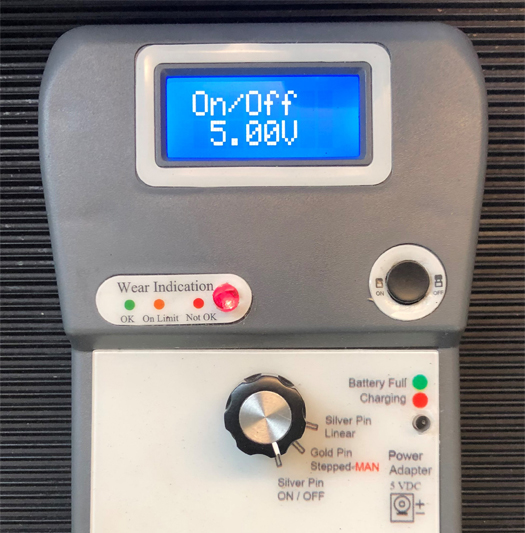
It’s worth noting that wear sensors on all ADB’s can only measure the distance that the pistons have extended, they cannot account for disc wear. Therefore, if new pads are fitted to a caliper running on a 40mm thick disc (original thickness is 45mm), then the wear sensor or wear switch will give a signal to change pads 5mm earlier (2.5mm per pad). This means the brake pads would have 5mm of friction material remaining rather than 2.5mm when running on a new disc. It is important to assess disc wear when checking the pads, as the minimum disc thickness must never be exceeded (37mm minimum thickness for vehicles fitted with MEI calipers). If the disc thickness is ≤39mm at the time of pad change, then a new disc should be fitted.
If the wear sensor or chain cover becomes damaged, MEI calipers are able to be fitted with a new chain cover and pre-assembled sensor.








